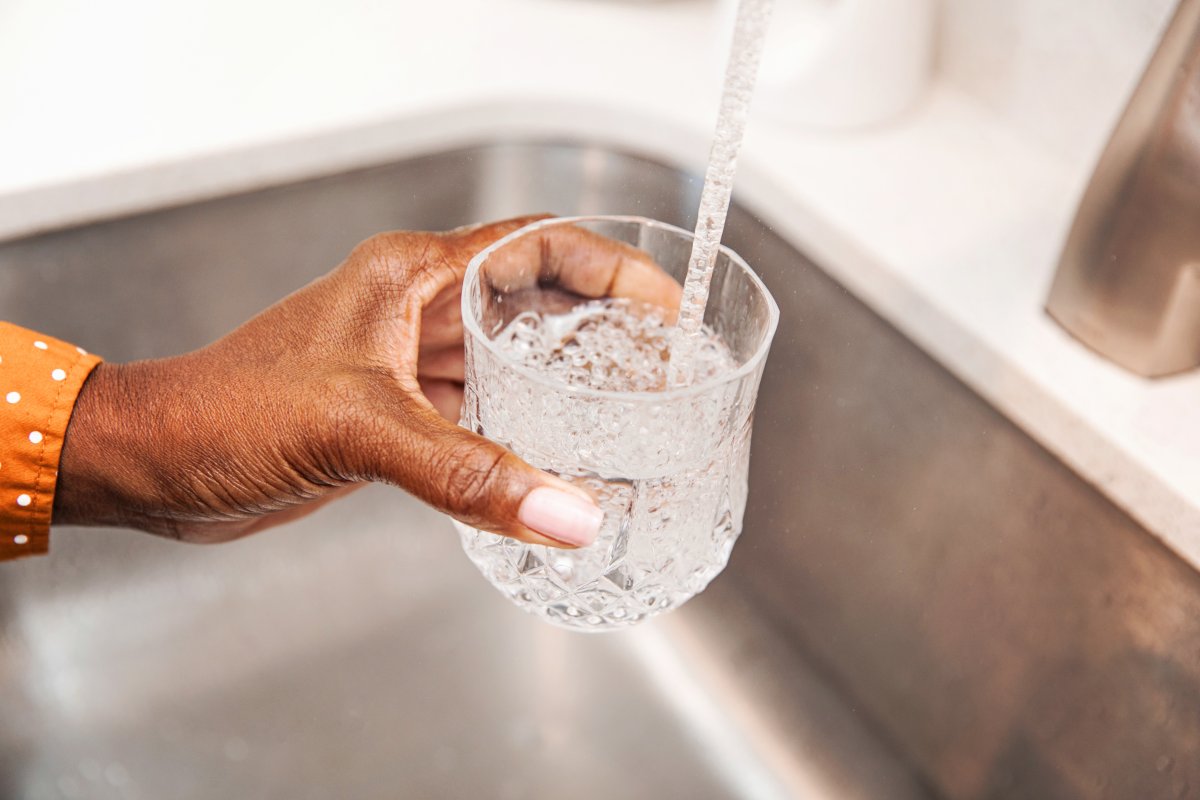Excess levels of haloacetic acid have been identified in the Thames Centre drinking water, according to the municipality and the Middlesex London Health Unit (MLHU).

Both the municipality and the health unit announced Wednesday that water in the town’s distribution system exceeded the province’s maximum acceptable concentration for haloacetic acids (HAA).
HAAs are “a byproduct of the disinfection process that keeps our water clean from bacteria and other micro organisms,” according to Dr. Alex Summers, medical officer of health with MLHU.
Under Ontario’s Drinking Water Quality Standards, as well as the Ministry of Environment, Climate and Parks, the “rolling annual average” HAA concentration in a drinking water system should not exceed 80 micrograms per litre.
According to officials, the most recent HAA concentration average for Thames Centre’s drinking water was 82.6 micrograms per litre.
“These findings do not constitute an immediate health risk to those who use the water in Thames Centre,” said Summers. “But they are higher than the provincial standard, so it’s important that we are transparent and let the community know.”
It’s only since the beginning of January that municipalities have been required to notify public health when maximum concentration levels are exceeded.
Summers said that while data suggests that drinking water with elevated levels of HAAs over the course of a lifetime may lead to a slightly increased risk of cancer, in Thames Centre’s case, the exceedance is very low.
“Given the many risk factors we are exposed to every day, this situation would not lead to an increase in an individual’s overall risk of developing cancer,” said Summers. “We’re not asking people to stop drinking the water, we’re just wanting people to be aware that this is there, and we know that our municipality partners are looking at solutions to bring down that level below that limit.”
The MLHU was notified of the news two weeks ago, officials said, and has been working with the municipality to determine what next steps should be taken in reducing current HAA levels.
- Capital gains changes are ‘really fair,’ Freeland says, as doctors cry foul
- Ontario doctors offer solutions to help address shortage of family physicians
- ‘Dangerous message’: Experts slam anti-sunscreen claims circulating online
- ‘Trying not to die’: Tourism operators loaded with debt despite rising demand
The media release states that “chlorination has long been used to eliminate pathogenic organisms (bacteria) from drinking water systems and has led to the virtual elimination of waterborne disease.”
Health officials said the benefits associated with the chlorination of drinking water far outweigh the potential risks associated with slightly elevated levels of HAAs within the drinking water system.
Jarrod Craven, director of public works with the Municipality of Thames Centre, told Global News that they have also considered reducing retention time (time that water sits), where the HAA formation tends to occur, as well as reviewing chemical dosing rates.
“Additional treatment options have been reviewed and are still being investigated recognizing that the treatment system is very dependent on the specific water characteristics of Dorchester,” he said, adding that a treatment system for another drinking water supply wouldn’t necessarily work for the municipality. “(So) Thames Centre has adjusted their day-to-day operations in attempt to reduce these levels.”
Summers reassured that “the public does not need to stop drinking the water, stop showering with it, stop cooking with it, it’s still something that you can use, this notice is from a transparency perspective and the municipality and the health unit are working closely together on this.”








Comments